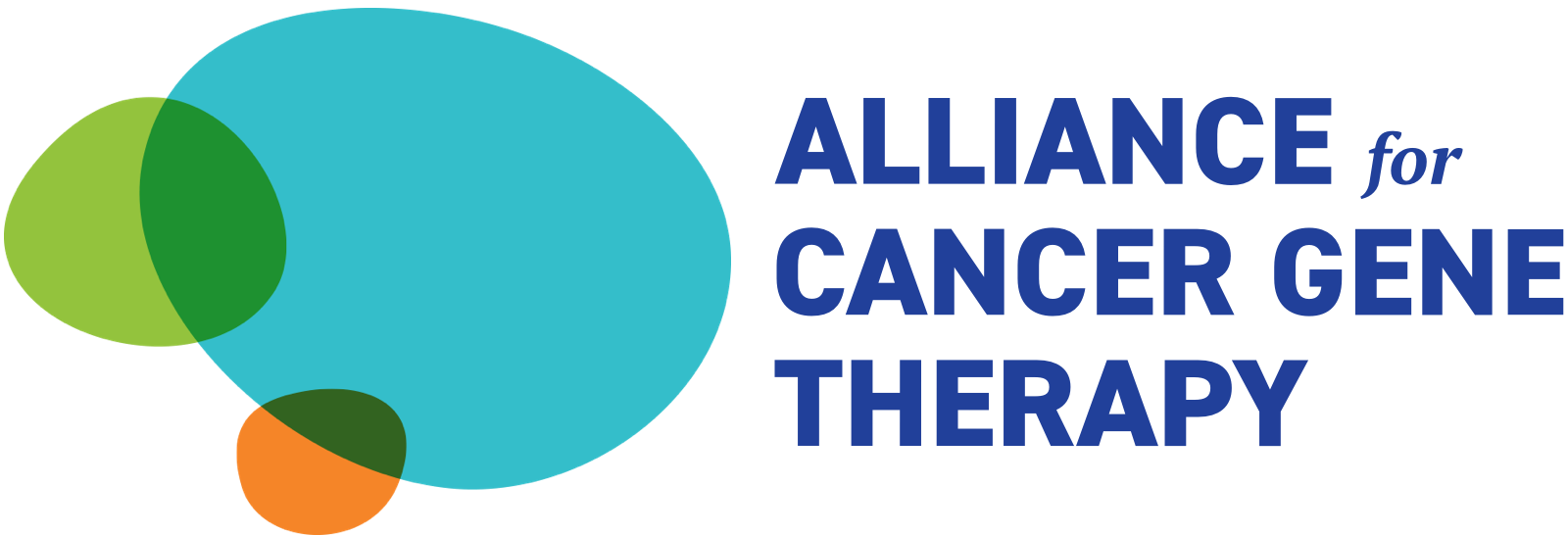
The concept of virotherapy – turning a virus, which we view as a danger, into a helper – is quite interesting and has a place in the present and future of how doctors treat solid tumors.
Researchers at University of Alabama Birmingham (UAB) Heersink School of Medicine and Ohio State University College of Medicine believe a variation of the herpes virus can treat glioblastoma. Glioblastoma is a deadly, difficult-to-treat brain cancer, diagnosed in around 12,000 people in the United States each year. Patients with this cancer have a median survival time of approximately 12 months, and they desperately need new therapeutic options.
This is another sign of virotherapy’s potential as a cell and gene therapy for many types of cancer. Developing an effective virus therapy would be a major step forward for the field of cell and gene therapy.
What is G207?
G207 is an oncolytic virus, which means it’s an engineered virus that targets cancer cells and ignores healthy cells. The engineered virus, originally the herpes simplex virus, attacks cancer cells by infiltrating them and replicating within, which usually breaks the cancer cells apart.
Since cancer cells suppress the immune system, they’re vulnerable to viruses and other infections. This is why oncolytic virus therapy has great potential for solid tumors.
Some oncolytic viruses also instigate an immune response, which traffics immune system fighter cells (T cells and natural killer cells) to the tumor environment. G207 functions in this manner, encouraging cells to swarm to the area.
How G207 performed for glioblastoma
UAB and Ohio State College of Medicine researchers tested G207 in six patients with recurrent glioblastoma, which means the cancer continues returning and re-growing despite chemotherapy or other standard cancer treatment. They analyzed RNA from biopsies performed before G207 treatment and after G207 treatment.
“We hypothesized that gene expression indicative of an active immune response would be characteristic of patients with improved survival.” — James Markert, PhD, chair of UAB’s Department of Neurosurgery
The research team reported that the immune system responded to the tumor – along with causing longer survival for patients – thanks to G207. Almost all analysis of gene expression indicated G207 encouraged higher immune activity, measured by the number of immune cells in the tumor environment.
“Specifically, G207 treatment significantly increased the cytotoxic, T-cell, natural killer, macrophage, neutrophil and dendritic cell scores,” according to study co-author Kevin Cassady, MD, professor of pediatrics at Ohio State and an infectious diseases physician at Nationwide Children’s Hospital.
Alliance for Cancer Gene Therapy funding oncolytic virus research
Alliance for Cancer Gene Therapy (ACGT) is a non-profit organization with the mission of creating a cancer-free future. Our method for accomplishing this goal is by funding research projects to improve current therapies or create new therapies, hoping to develop cures. The Alliance funds many research programs centered around oncolytic viruses.
A few of ACGT’s Scientific Advisory Council members and Research Fellows focusing on oncolytic viruses are:
- E. Antonio Chiocca, PhD, of Brigham and Women’s Hospital
- John Bell, PhD, of the Ottawa Hospital Research Institute
- Joseph Glorioso, PhD, of the University of Pittsburgh
- Noriyuki Kasahara, PhD, of the University of California
Help us fund more research to finally find a cure for cancer. Alliance for Cancer Gene Therapy feels the medical community is on the doorstep of a breakthrough. Your donation – no matter how big or small – can help us open the door. Donate to the Alliance today.
Sign up for ACGT’s email newsletter to receive the latest news in cancer cell and gene therapy.
Page sources
- Study supports virotherapy as a potential treatment for brain tumors. University of Alabama Birmingham. Retrieved from: https://www.uab.edu/news/research/item/12589-study-supports-virotherapy-as-a-potential-treatment-for-brain-tumors. Accessed: 02/08/2022.
- Long-term survival with glioblastoma multiforme. Oxford Academic. Retrieved from: https://academic.oup.com/brain/article/130/10/2596/376628. Accessed: 02/08/2022.



